Supreme Court Emphasizes Clarity in Rulings to Prevent Misinterpretation as Precedent
- ByAdmin --
- 09 Jun 2025 --
- 0 Comments
In a recent judgment, the Supreme Court of India has underscored the critical importance of clarity and precision in judicial rulings to ensure that judgments are not misinterpreted or misapplied as binding precedent. This directive aims to maintain the integrity of legal interpretation and prevent confusion in the application of the law.
Background and Context
The Supreme Court noted that ambiguities or vague language in judgments often lead to their misreading, which can result in inappropriate reliance on such rulings as authoritative precedent in future cases. This concern arises particularly in complex or landmark cases, where precise interpretation is crucial for consistent jurisprudence.
Key Observations by the Supreme Court
- Judicial responsibility for clear reasoning: Judges must articulate their decisions in clear, unambiguous language, outlining the scope and limitations of their rulings.
- Avoidance of obiter dicta confusion: Courts should distinguish between binding ratio decidendi and obiter dicta, making clear what part of the judgment constitutes binding precedent.
- Explicit statements about applicability: When a ruling is meant to be narrow or case-specific, the Court should expressly state the limited application to avoid broad or erroneous interpretations.
- Preventing misuse of judgments: Clear rulings help reduce litigation based on misconstrued precedents and foster legal certainty.
Legal Principles and Framework
- The doctrine of precedent (stare decisis) requires courts to follow prior authoritative decisions, but only when the ratio decidendi is properly identified.
- The Supreme Court stressed that vague or poorly reasoned judgments undermine the predictability and coherence of the law.
- Judicial pronouncements must align with principles of natural justice and constitutional mandates, which demand clarity to uphold fairness.
Implications of the Judgment
- Enhances judicial transparency and accountability: Judges will be encouraged to draft judgments with meticulous care, improving the quality of judicial discourse.
- Facilitates uniform application of law: Clear rulings enable lower courts and litigants to understand and apply the law consistently.
- Reduces frivolous or misguided appeals: Properly reasoned decisions can deter misuse of precedents in unrelated or inappropriate cases.
- Strengthens public confidence: Transparency and clarity bolster trust in the judicial system as fair and reliable.
Conclusion
By emphasizing clarity in judicial rulings, the Supreme Court reinforces the foundational principle that justice must not only be done but must be seen to be done with precision and lucidity. This approach ensures that precedents serve their true purpose—providing authoritative guidance and uniformity in the application of law—while minimizing the risk of confusion and misinterpretation.

























































































































































































































































































































































































































































































































































































































































































































































































































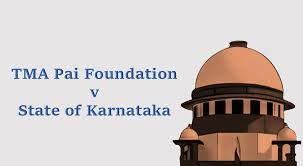


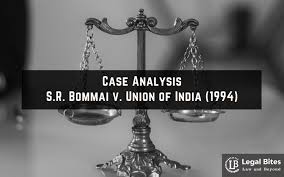








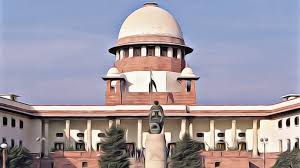

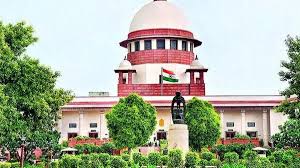









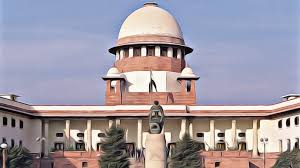




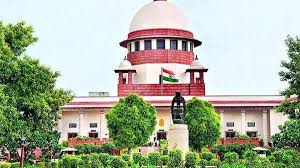



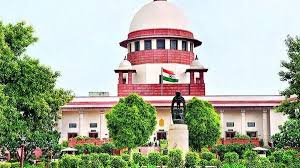




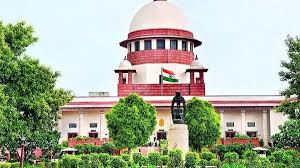
















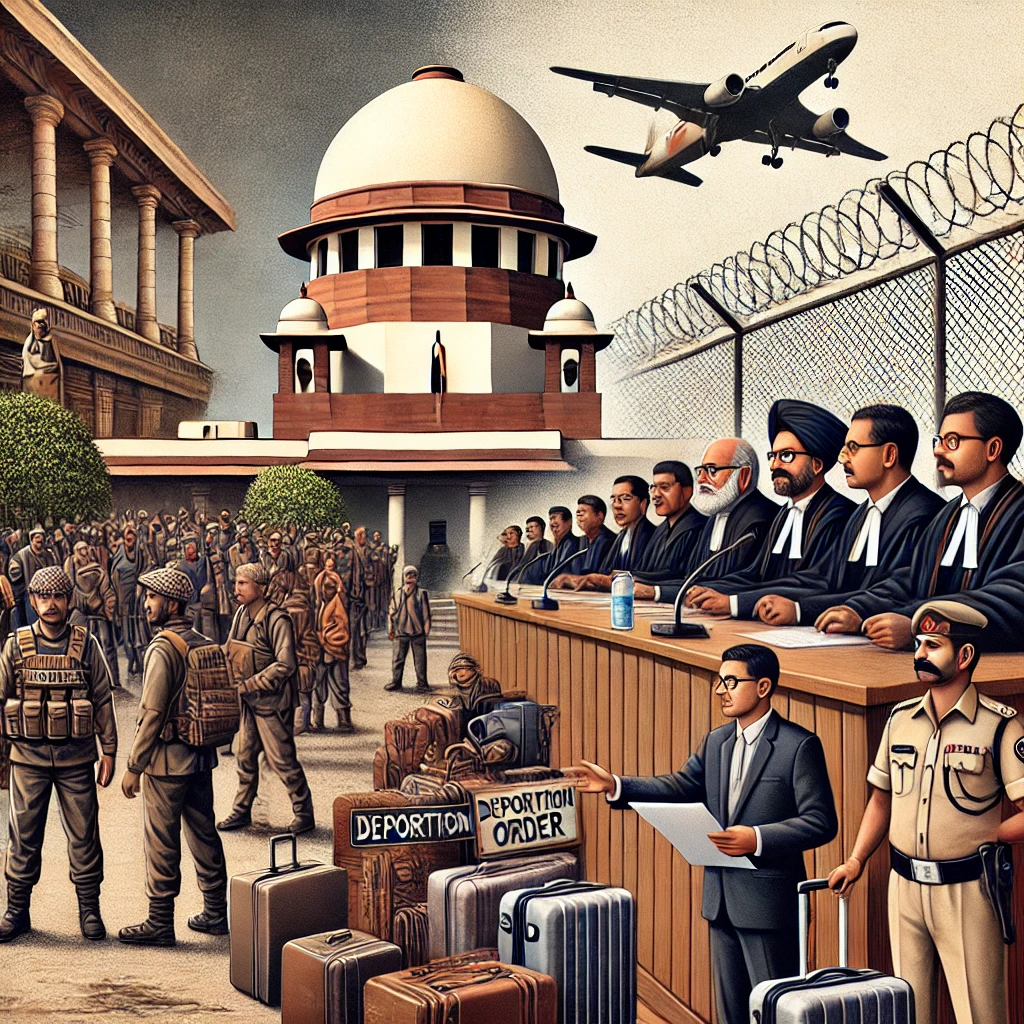

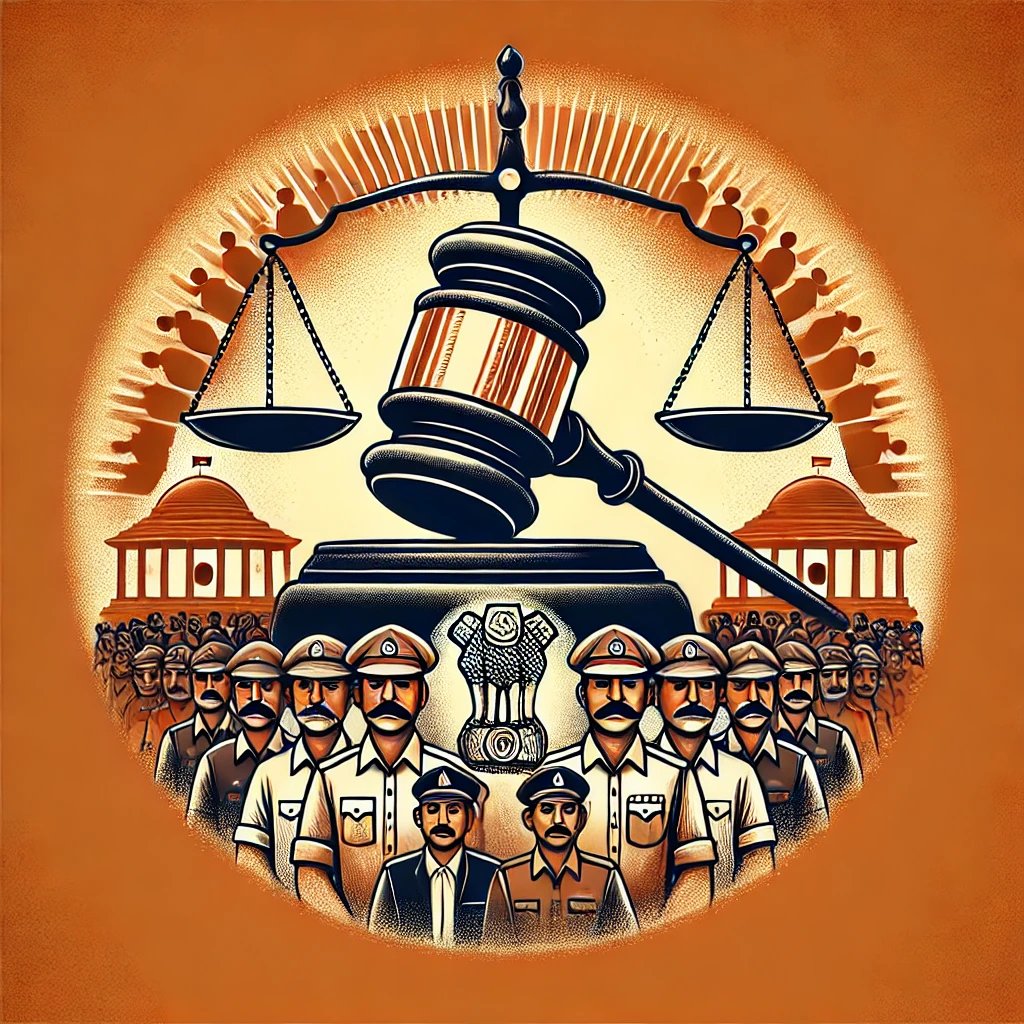

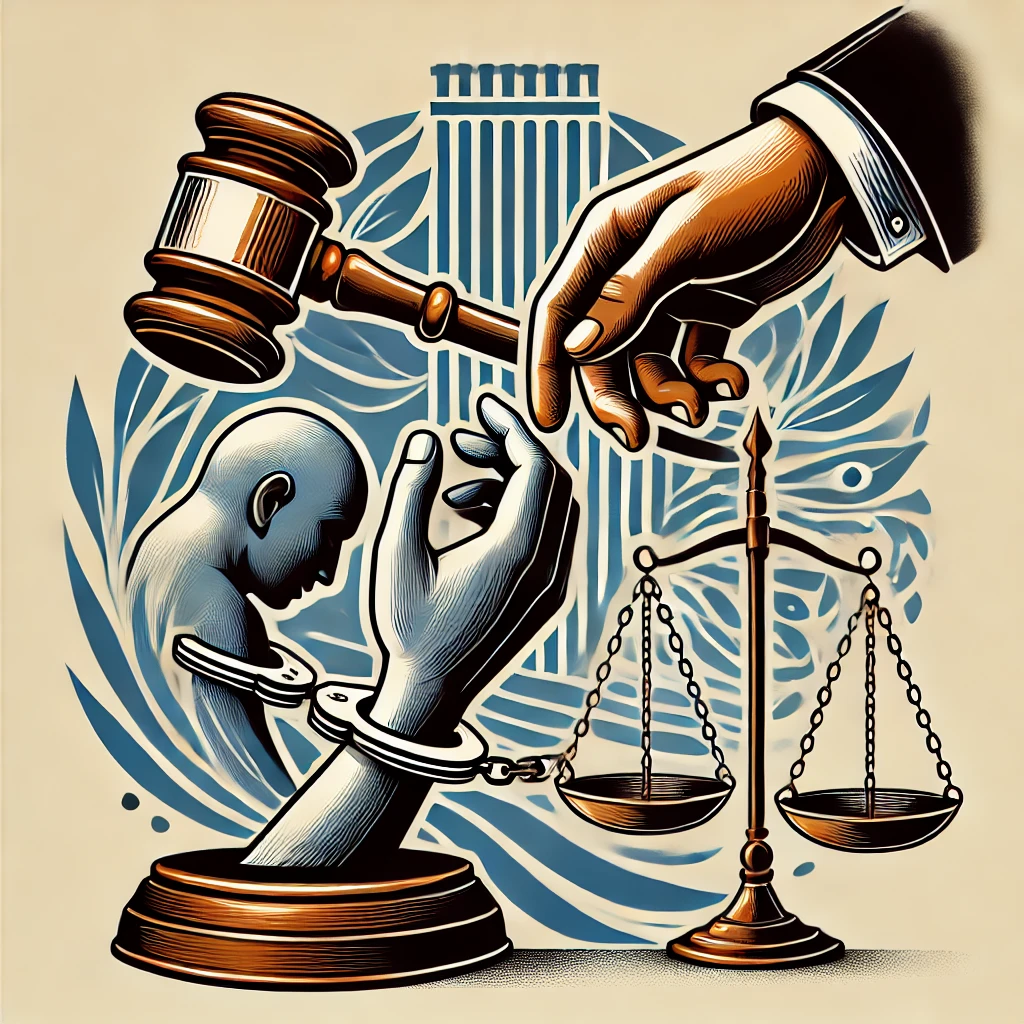
















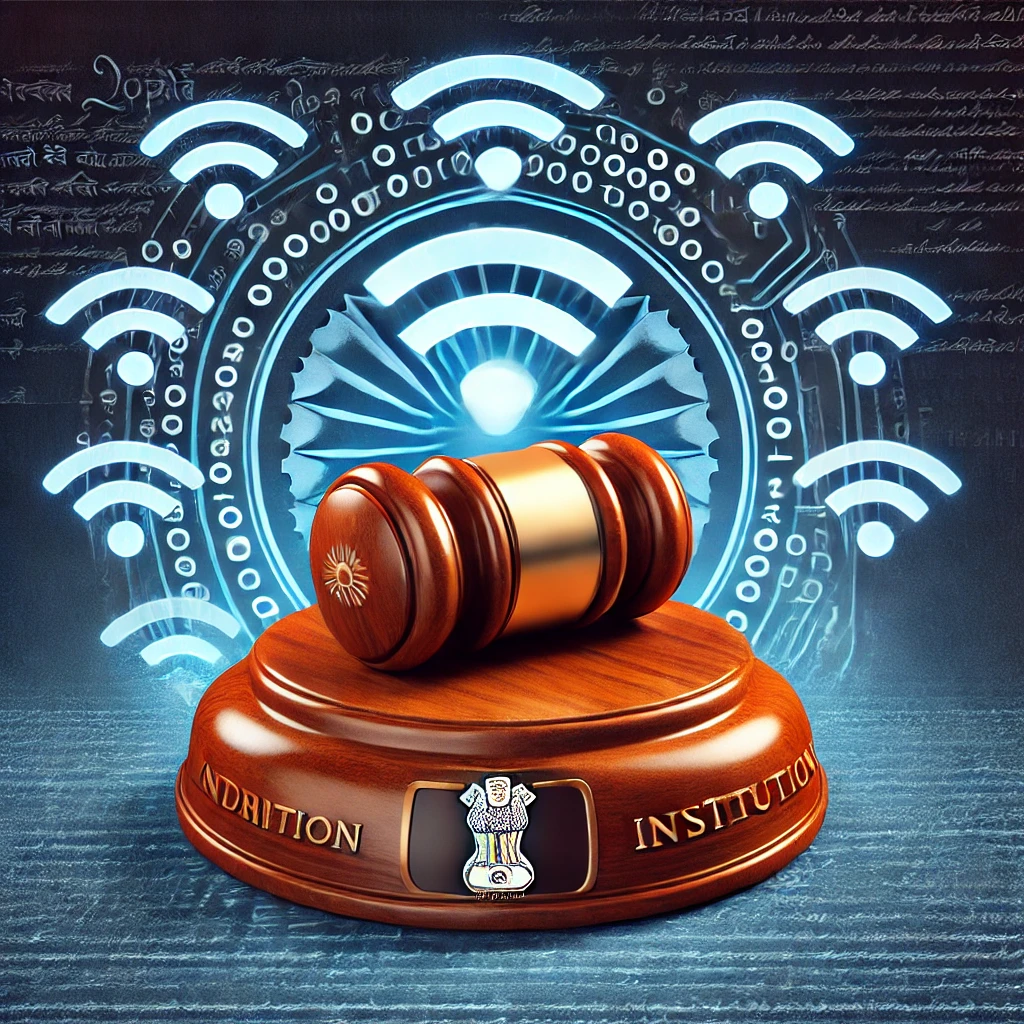
















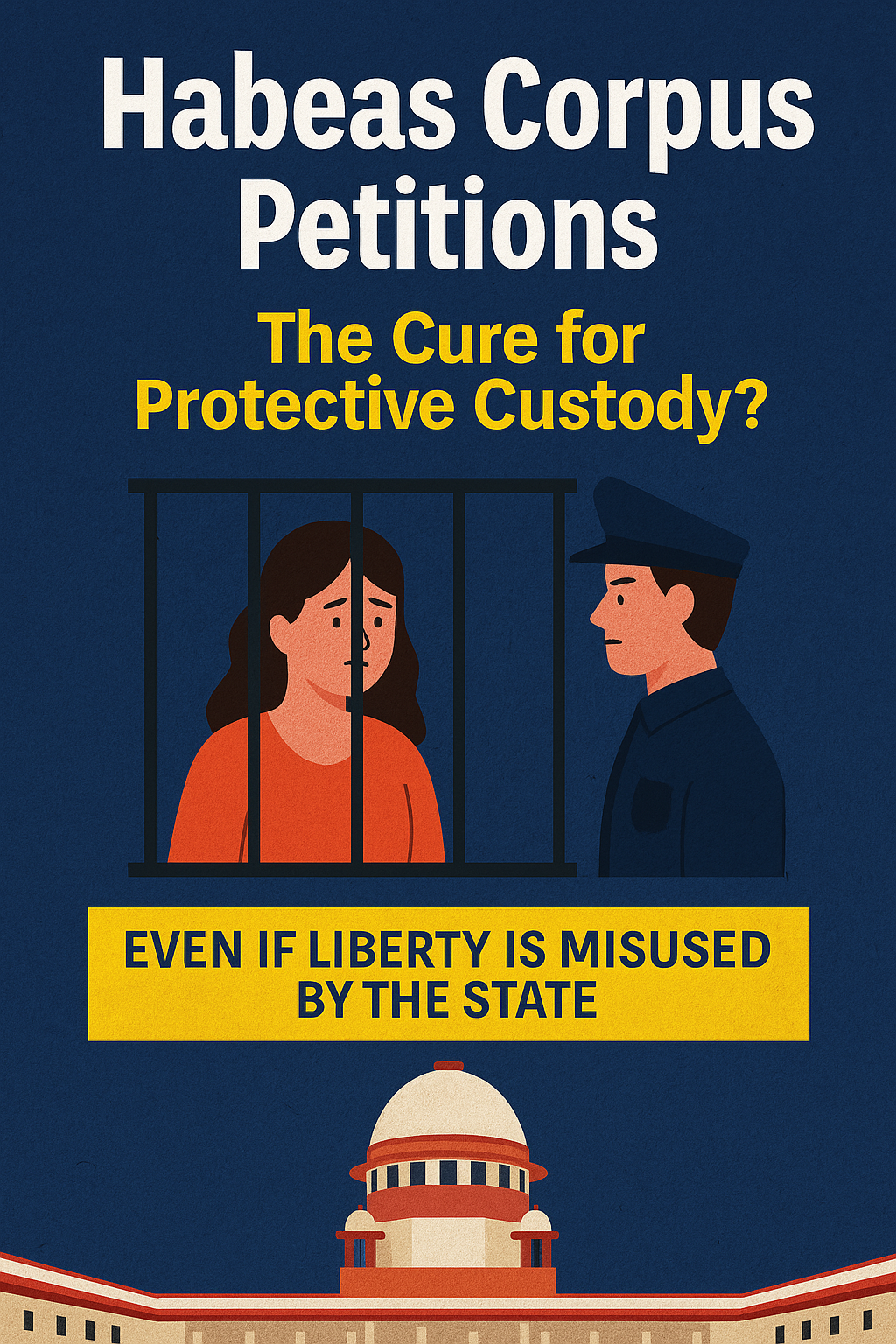









0 comments